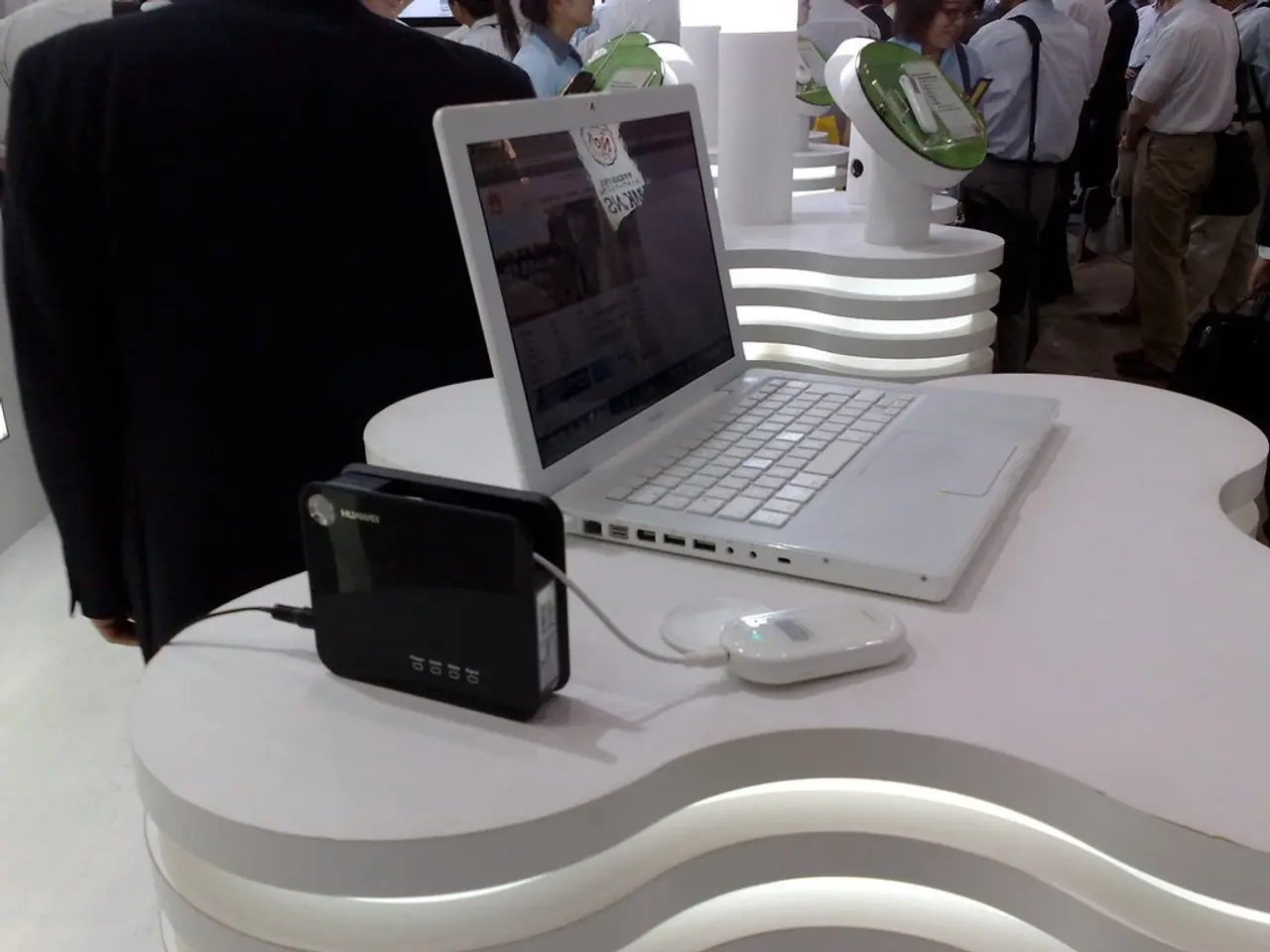Pocket-Sized Computer Powered by 8-Core ARM Processor Operates Using NixOS Operating System
In an exciting development for tech enthusiasts, it's now possible to transform your OnePlus 6 smartphone into a mini Linux computer by loading it with NixOS. This unique setup, made possible by the work of MWLabs, offers a convergence of mobile and desktop computing.
Here's a step-by-step guide on how to achieve this:
1. **Clone the phoneputer Repository**: Start by cloning the phoneputer repository to get a minimal configuration. ```bash git clone https://github.com/mwlaboratories/phoneputer.git cd phoneputer ```
2. **Build Flashable Images**: Clone the mobile-nixos repository and build a minimal base image. ```bash git clone https://github.com/mobile-nixos/mobile-nixos.git cd mobile-nixos cp ../local.nix . nix-build --argstr device oneplus-enchilada -A outputs.android-fastboot-images ```
3. **Flash the Image**: Use the built images to flash your OnePlus 6 device.
4. **Rebuild Configuration**: Once the basic setup is installed, rebuild the full configuration.nix on the phone itself using the flake method.
When compared to the Alpine-based PostMarketOS, NixOS offers several advantages, particularly in terms of package management and application setup consistency. NixOS uses its unique package management system, which allows for reproducible builds and easy setup of applications across different devices. Additionally, NixOS's use of flakes enables users to set up the same applications on both desktop and mobile devices, promoting a high degree of convergence.
However, it's important to note that the process does not enable all phone-like features, such as 4G connectivity and camera functionality, which are still in development. The setup involves technical steps and may require a level of familiarity with Linux and NixOS.
For those interested in a consistent Linux experience across devices, NixOS might be more appealing. For broader community support and hardware compatibility, PostMarketOS could be preferred. Mobile-NixOS builds on the work done by PostMarketOS, so users can expect improvements and updates to flow downstream.
In summary, turning a OnePlus 6 into a Linux computer with NixOS offers a unique opportunity for tech enthusiasts to experiment with a mobile device running the Nix operating system. While some features are still in development, the potential for a consistent Linux experience across devices is promising. As always, remember to exercise caution and follow instructions carefully when attempting this process.
Raspberry Pi gadgets and smartphones, like your OnePlus 6, can benefit from the advancements in technology with the ability to run Linux, as demonstrated by the setup with NixOS. This conversion,): After mastering the NixOS setup on your OnePlus 6, consider expanding your exploration to other Linux-compatible devices, such as Raspberry Pi.




